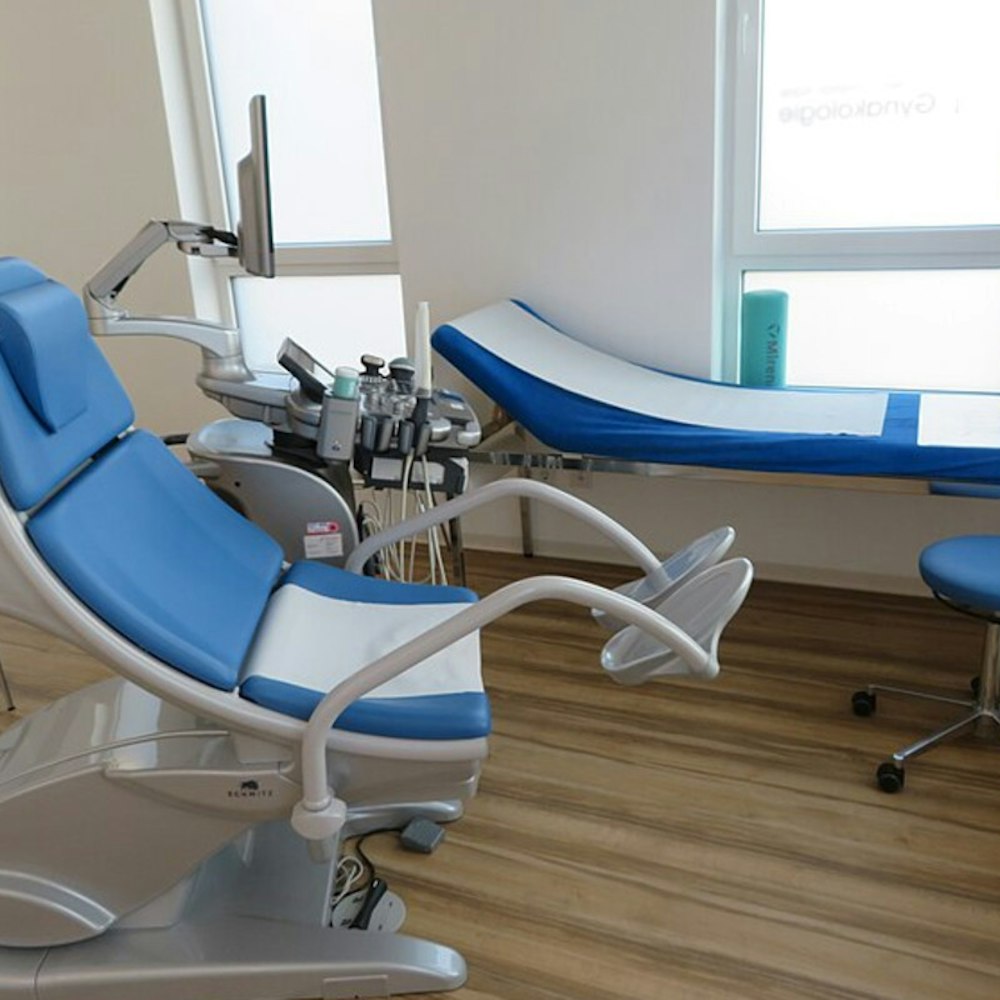
Turns out, counting your steps might be just as good for your heart as timing your workouts. In a recent investigation that's got fitness buffs taking note, researchers at Brigham and Women's Hospital have found that it doesn't matter whether you count steps or clock exercise minutes—both can significantly slash the risks of heart disease and early death. The study, spotlighted in JAMA Internal Medicine, dove into the health data of women north of 62, all stepping their way to potentially longer lives.
Eager to better understand how well step counts can stand up against the current exercise duration guidelines, the Boston-based research team analyzed the activity levels of 14,399 healthy women using wearable tech to monitor their movements. Over a nine-year median, those who had higher physical activity—whether they were step counting or timing their activities—were 30 to 40 percent less likely to kick the bucket or develop heart complications than the group that barely budged, as reported by the The Havard Gazette.
"With more people using smartwatches to measure their steps and overall health, we saw the importance of ascertaining how step-based measurements compare to time-based targets in their association with health outcomes — is one better than the other?" lead author Rikuta Hamaya, a researcher at Brigham and Women's Hospital, expressed his curiosity to the Harvard Gazette. Hamaya's findings pivot significantly from the 2018 federal physical activity guidelines, which advocate for at least 150 minutes of moderate exercise weekly, a standard not easily quantifiable by a pedometer.
During the study span, these active seniors racked up a weekly median of 62 minutes in moderate-to-vigorous workouts and about 5,183 steps per day. While some might argue that steps aren't as telling since younger and older folks will have differing strides, facts are facts—the top-tier exercisers outlived those who were less active by an average of over two months. And this was true regardless of other factors like body mass index (BMI).
"For some, especially for younger individuals, exercise may involve activities like tennis, soccer, walking, or jogging, all of which can be easily tracked with steps. However, for others, it may consist of bike rides or swimming, where monitoring the duration of exercise is simpler," Hamaya remarked, highlighting the versatility of the study's results. "That's why it’s important for physical-activity guidelines to offer multiple ways to reach goals. Movement looks different for everyone, and nearly all forms of movement are beneficial to our health," he further added to the Harvard Gazette.
The study isn't without its limits though. Most participants hailed from a homogenous demographic—primarily white and well-off—and only one snapshot of their activity levels captured the data. Plus, there's the usual disclaimer that comes with any observational study: correlation doesn't conclusively prove causation. Looking ahead, Hamaya and his team are gearing up for a controlled trial to dig deeper into the health benefits of both movement metrics.
Senior author and epidemiologist I-Min Lee is already eyeing the next round of federal guidelines due in 2028, with the study's insights in hand. "Our findings further establish the importance of adding step-based targets, in order to accommodate flexibility of goals that work for individuals with differing preferences, abilities and lifestyles," Lee told the Harvard Gazette.
-1.webp?w=1000&h=1000&fit=crop&crop:edges)








